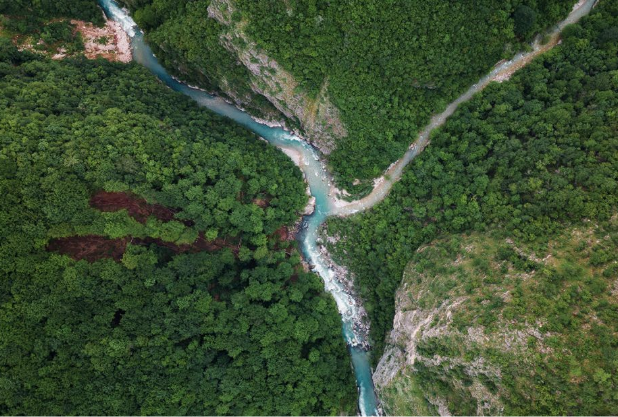Scientists are fighting to save the ‘blue heart’ of Europe
by Admin

The Neretva River carves its way through Bosnia and Herzegovina’s impenetrable forest.
A mesmerizing blue-green, it runs 140 miles (225 kilometers) from deep within the Dinaric Alps to the Adriatic Sea – at some points disappearing into subterranean channels before re-emerging in bubbling springs.
One of the coldest rivers in the world, it is home to unique ecosystems and myriad rare species, from marble trout and yellow-bellied toads to the elusive olm – blind salamanders that live in the river’s network of caves.
But this could change. The river, like many worldwide, is threatened by dams. According to the Center for Environment, a Bosnian conservation organization, more than 50 hydropower projects are proposed along its length and its tributaries, with almost half of these planned for the upper reaches, which have so far remained wild and unobstructed.
These dams could harm not only the river and its inhabitants but the wider environment that depends on this unique waterway.
At Ulog, a village on the Neretva, you can see the potential destruction firsthand. A 35 megawatt hydropower plant with a 53-meter high dam is in the advanced stages of construction: felled trees line the river bank, making way for what will become a reservoir, and access roads for logging trucks and construction vehicles cut like scars through the forested landscape.
The Neretva River carves its way through Bosnia and Herzegovina’s impenetrable forest. A mesmerizing blue-green, it runs 140 miles (225 kilometers) from deep within the Dinaric Alps to the Adriatic Sea – at some points disappearing into subterranean channels before re-emerging in bubbling springs. One of the coldest rivers in the world, it is home to unique…
Recent Posts
- Liverpool ends 15-year curse with statement win over Real Madrid
- The TSA-approved hack that allows travelers to bring a bottle of water through airport security
- Подводный WiFi, аквапонные фермы: как морские техностартапы привлекают инвесторов
- “Подводный интернет”: эта женщина может подключить беспроводную сеть на 3-километровой глубине
- Inside the wild world of Osaka’s dangerous, adrenaline-fueled float festivals